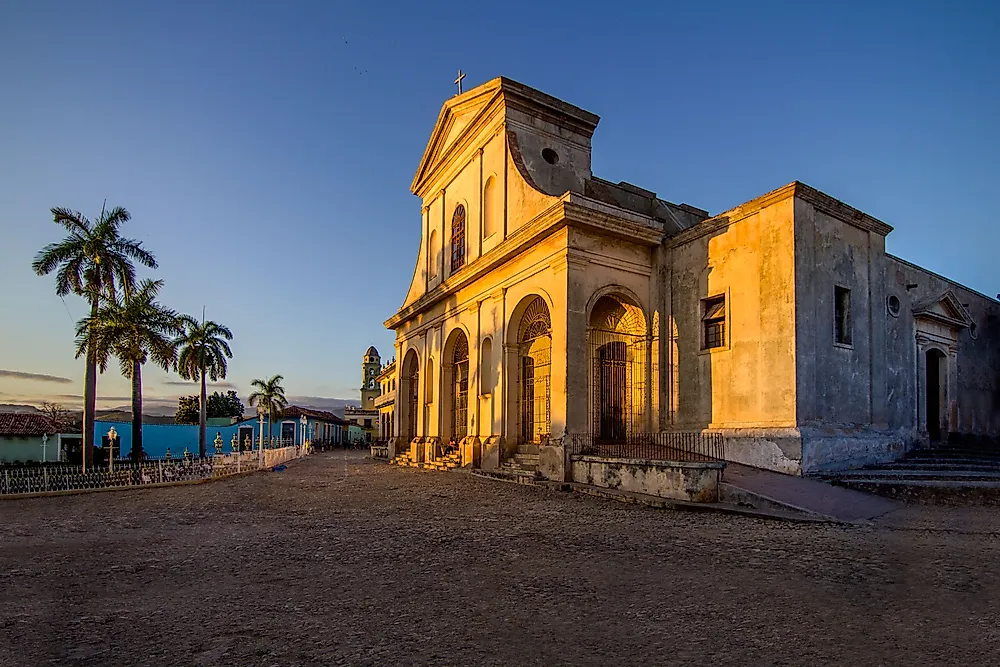Religious Beliefs In Trinidad And Tobago

The country of Trinidad and Tobago is located in the Caribbean region. It comprises of the two major islands of Trinidad and Tobago and other smaller landforms. The islands were colonized by European superpowers for a long period in the history of the country. In 1498, Christopher Columbus was the first European to arrive on the island of Trinidad. Since then, the island became a Spanish colony and continued to be so until it had to be surrendered to the British in 1797. The island of Tobago also came under colonial rule and served as a colony of several European powers through its history. Ultimately, both the major islands came under British rule in 1802. In 1889, the islands were unified and following the independence in 1962, Trinidad and Tobago became one single nation. The colonial history of Trinidad and Tobago significantly influenced the culture of the nation. In fact, it nearly completely shaped the religious beliefs of the people in the region.
The Religious Composition Of Trinidad And Tobago
According to the 2011 census of the country, Protestant Christians comprise 32.1% of the population of Trinidad and Tobago. Roman Catholics comprise 21.6% of the country’s population. Thus, Christianity is the largest religion in the country. Hindus comprise 18.2% of the population and are the largest religious minority community in Trinidad and Tobago. Muslims, Jehovah's Witness, and others account for 5%, 1.5%, and 8.4% of the country’s population, respectively. 2.2% of the population are non-believers and 11.1% did not specify affiliation with any religion.
History Of Religion In Trinidad And Tobago
Roman Catholicism was the official religion of the islands during the Spanish colonial rule. The various Protestant denominations became popular in the region during British rule. The indigenous population of the islands was largely extirpated by the arrival of the colonists. Instead, the islands were repopulated by the African slaves and later the indentured laborers brought to the islands from Africa and Asia, respectively. Although most Africans accepted the religion of the colonists, that is, Christianity, most South Asians held on to their respective religions. With the arrival of a large number of workers from India, Hinduism became a popular religion in Trinidad and Tobago. Both Sunni and Shia Muslims also arrived from South Asia. Some Africans practiced their indigenous religions or a syncretic form of religion that combined the beliefs of Christianity and indigenous religions. Hinduism gained significant popularity in the nation in the late 20th century. At around this time, the various fundamentalist, Pentecostal, and Evangelical churches, mainly of US origin, also exhibited a striking increase in the number of adherents.
Breakdown of Religious Beliefs in Trinidad and Tobago
| Rank | Religion | Population (%) |
|---|---|---|
| 1 | Protestant Christianity | 32.1 |
| 2 | Roman Catholicism | 21.6 |
| 3 | Hinduism | 18.2 |
| 4 | Religious but Unaffiliated | 11.1 |
| 5 | Other | 8.4 |
| 6 | Islam | 5 |
| 7 | No Religion | 2.2 |
| 8 | Jehovah's Witness | 1.5 |











